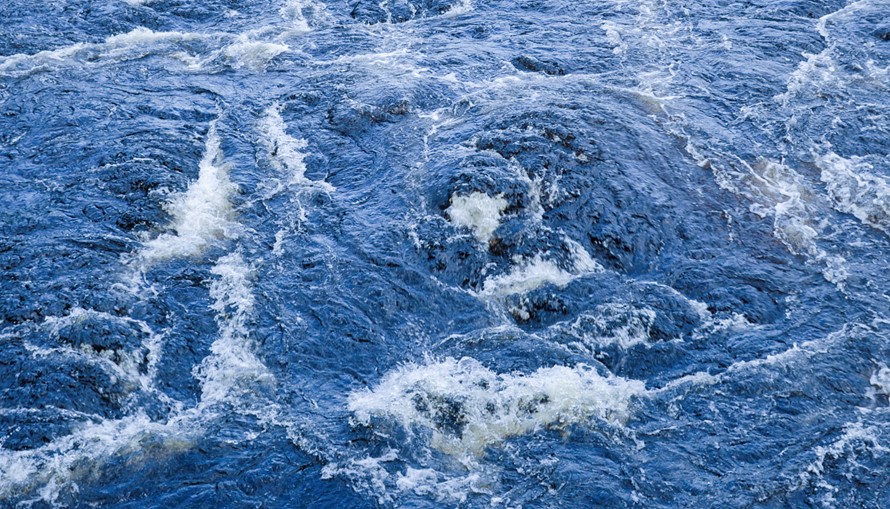
About the project
The project highlights the hydropower plants along the Ule‐ and Lule rivers and their communities, as a cultural heritage and diverse resource. The project is based on a common challenge; there is a low level of knowledge about the power plant architecture and the cultural values of hydropower communities among ordinary people. There is potential to use the cultural heritage as an identity-creating cultural resource to a much greater extent than is done today.
The main purpose of the three-year project is for today's and future residents and actors to identify and use values that are currently undefined. Through this, the power plants' cultural heritage is brought to life and the conditions for conservation are improved. The purpose is achieved through three sub-goals described below.
Sub-goal 1
Knowledge of the rivers 'power plants and their buildings' cultural-historical values has been deepened and preserved. Achieved by mapping historical and contemporary values in the Ule‐ and Lule River power plant architecture and its surrounding buildings. The project creates a common concept for inventory and measurement of power plants, community structure and residential areas. The project produces comprehensive care and maintenance instructions to facilitate the handling of everyday as well as major protection issues for culturally and historically valuable buildings. Inventories and recommendations for care and maintenance are published on the project's website. The material must be available to property owners, residents, associations, museums, tourism entrepreneurs, energy companies and authorities.
Sub-goal 2
The rivers' cultural heritage is alive and strengthens local and regional community. Business is developing. Hydropower's cultural heritage supports and creates a new community and cohesion through information, collaborations and meetings. This is achieved through workshops with village associations and schools, which are adapted for each power plant site, but based on a common model. At village evenings, it is told about the cross-border whole, about history and the identified values of power plant environments. The question of the everyday lives of residents and entrepreneurs is raised, map-based surveys are launched and local stories are collected. Local associations are invited and encouraged to cross-border collaborations.
Information about care and maintenance of the facilities and buildings is disseminated. A discussion on changes and adaptations for future conservation is held. Collaborating with upper secondary schools along the river valleys, and supporting cross-border cooperation between the schools, is an important part of the project. The schools function as narrators and producers of hydropower's cultural heritage, and with the collaboration can also contribute to creating a cultural context in the local communities. The information and stories produced through the village and school collaborations are disseminated via the project's website. For both river valleys, tourism concepts are created that are tested on cross-border village and school trips.
The concepts are published on the project's website. The project also includes a cross-border cooperation meeting in the summer of 2021.
Sub-goal 3
The cultural heritage is well visible and the knowledge about it is available.
The third sub-goal is to increase the visibility of the northern rivers' modern cultural heritage in various media and to make relevant information available. To achieve this, the project collects information, which is disseminated via the joint website, where it is translated into four different languages (Finnish, Swedish, Northern Sami and English). It is also communicated through mobile applications and social media. A knowledge base for museums and other cultural and tourism actors is produced.
Administration and organization
The Council of Oulu Region is the main project leader. The Norrbotten region acts as project manager for the Swedish party. The cost estimate for the three-year project is EUR 994,677, of which EUR 645,151 comes from Interreg Nord.